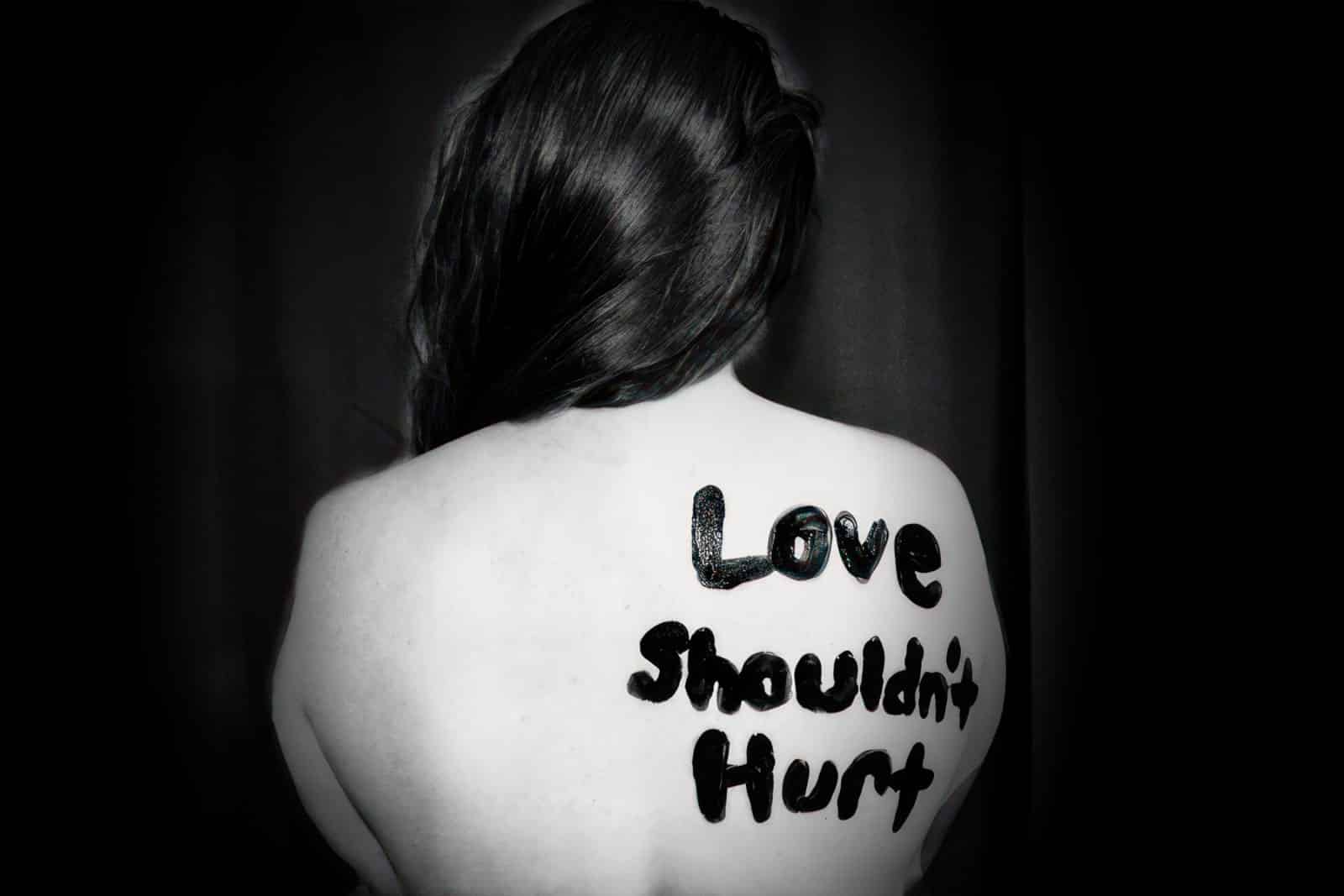Tasmanian advocates say disability sexual violence rates underrepresented
By Brinley Duggan
Posted to The Examner online July 19 2021 – 11:18am
The reality of how many people with a disability are survivors of sexual violence is grossly underreported, according to advocates and victim-survivors.
According to the Australian Bureau of Statistics the rates fluctuates around 30 per cent, while data from the Australian Institute of Health and Welfare estimates the number to be close to 60 per cent.
Whichever way it is looked at, the number is “mind blowingly high” and a reflection of both the system and social supports failing says North-West Tasmanian disability advocate Tess Moodie.
“It’s so difficult when we start talking stats because it’s such a largely underreported area for multiple reasons.”
“We know it’s higher than the research shows.”
Tess Moodie is a victim-survivor of sexual violence and has multiple diagnosed forms of disability, including Ehlers-Danlos Syndrom and being on the autism spectrum.
“I wasn’t diagnosed as autistic until I was 41,” they said.
“As a teenager I didn’t have a great understanding of social cues and risk and which people were safe and which people weren’t. This made me more at risk of predatory behaviour from older men.”
Tess Moodie is determined to use their experience to power them in their advocacy, help raise awareness and work to reduce violence against women with disability.
“We’re only vulnerable because society makes us that way. Society doesn’t protect us and safeguard us when it should.”
They said without support structures people with disability were often unable to identify or report sexual assault or even communicate that something that happened to them was sexual assault.
Lacking educational frameworks, accessibility to support services and targeted prevention responses were to blame, they said, and the fact the person caring for them was often the one perpetrating the assault further complicated the ability to report.
We’re only vulnerable because society makes us that way. Society doesn’t protect us and safeguard us when it should.
Tess Moodie
Tasmanian disabled woman, victim-survivor and advocate Sara Pensalfini echoed Tess Moodie’s comments.
Ms Pensalfini’s childhood was marred by prolonged sexual abuse from a young age.
Like Tess Moodie, Ms Pensalfini has turned her experience into relational advocacy. Ms Pensalfini, like Tess Moodie, exudes the sense that enough is enough when it comes to sexual violence being perpetrated against women with disability.
“We talk about vulnerability but the shift has to actually go to why are we more vulnerable?” she said.
“We’re preyed upon. Vulnerable people are preyed upon by predators.”
“First and foremost we need to spend more time, money and focus on early intervention to stop predatory behaviour.”
Launceston and North-West based sexual assault support service Laurel House is working to help people with a disability who are survivors of sexual violence
Disability project officer Kim Atkins has been working within the field for years and is currently developing a program at Laurel House aimed at building capacity for health providers, allied health professionals and disability service providers to improve their ability to respond to disclosures of sexual assault.
Laurel House disability project officer Kim Atkins. Picture: Craig GeorgeShe said the need to hone in on the reality of sexual assault in the disability community was imperative.
“Up to 90 per cent of people living with disability may have experienced sexual assault at some time in their life,” she said.
“It’s an absolutely staggering problem. And the vast majority of disability health providers that work in the sector aren’t aware that the rates are so high.”
Ms Atkins said the issue of sexual violence perpetrated against women with disability had been continually pushed to the back of the mind, and the line, and only now was its reality being remotely understood.
“As horrible as it sounds, society has a pecking order and people with disability have been largely voiceless,” she said.
“Then if you are a person with a disability there are additional barriers to disclosing sexual assault. There’s a range of barriers for people with disability.”
Ms Pensalfini and Tess Moodie said the community affected by the high rates of sexual violence were fully aware of why it had happened and how it was able to continue.
They said the lack of social structures had been a perpetuating problem where victim-survivors were rendered voiceless, and predators were empowered.
Ms Pensalfini was defiant in drawing her line in the sand, enabled by programs like the one Ms Atkins is powering and the voices of people with a similar voice like Tess Moodie.
“We’re all human beings. The idea of equity should be that we all have a right to not be sexually abused,” she said.
“Some people have an easy way of communicating what’s going on in their lives and it’s our responsibility as a society to put these things in place to make sure those people have even more opportunities to communicate in whatever way they need to as to what is going on.”
“There needs to be higher amounts of service in these areas, and that’s just not happening.”

